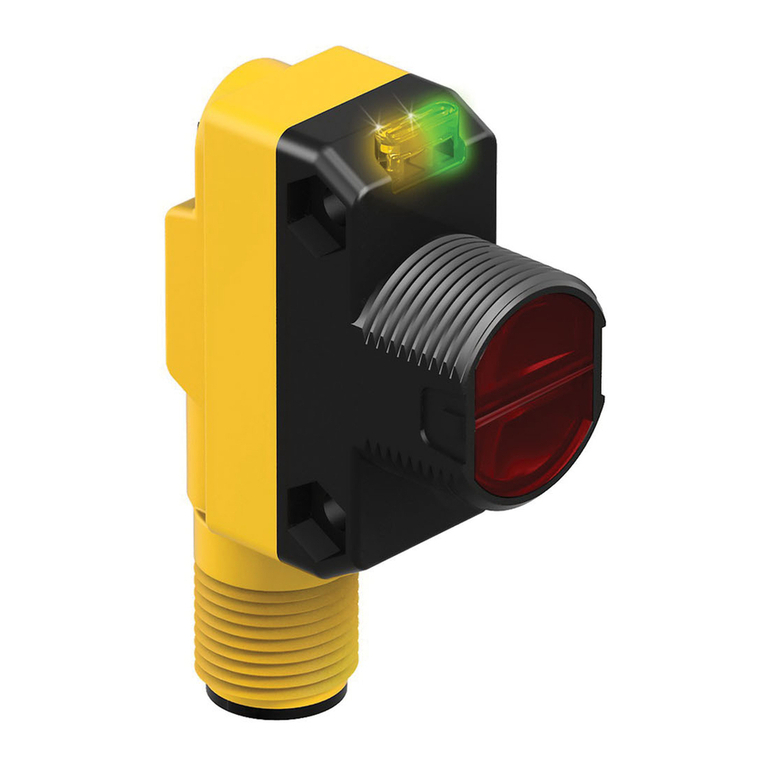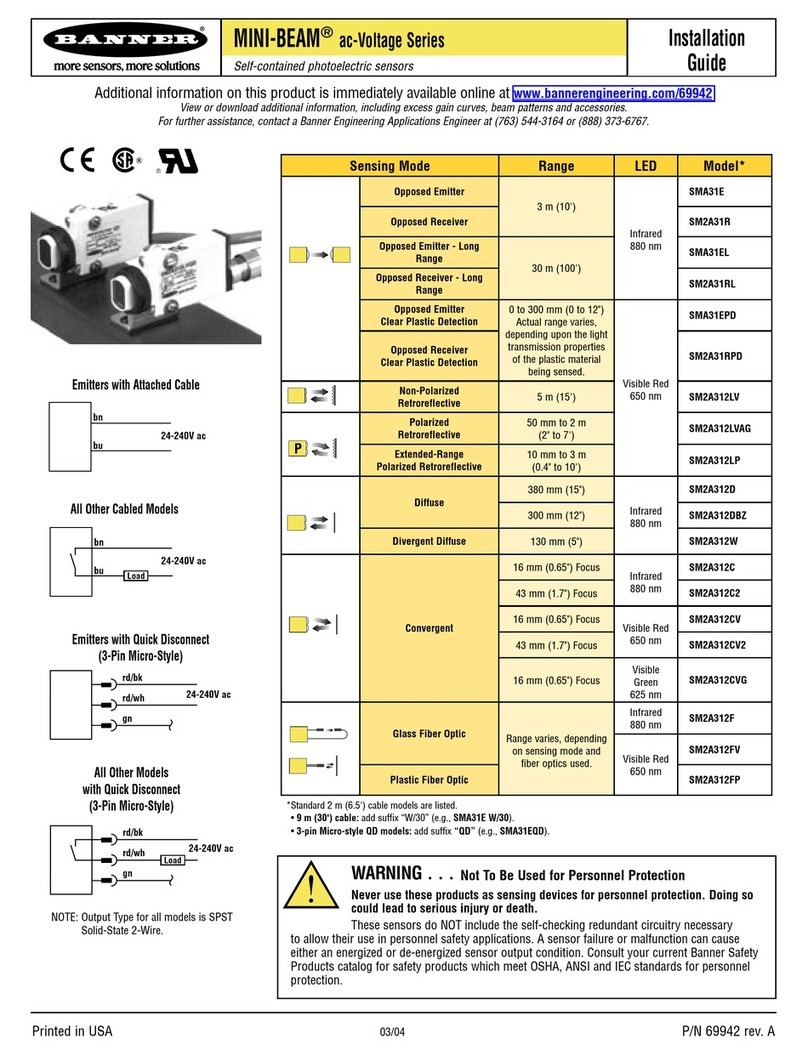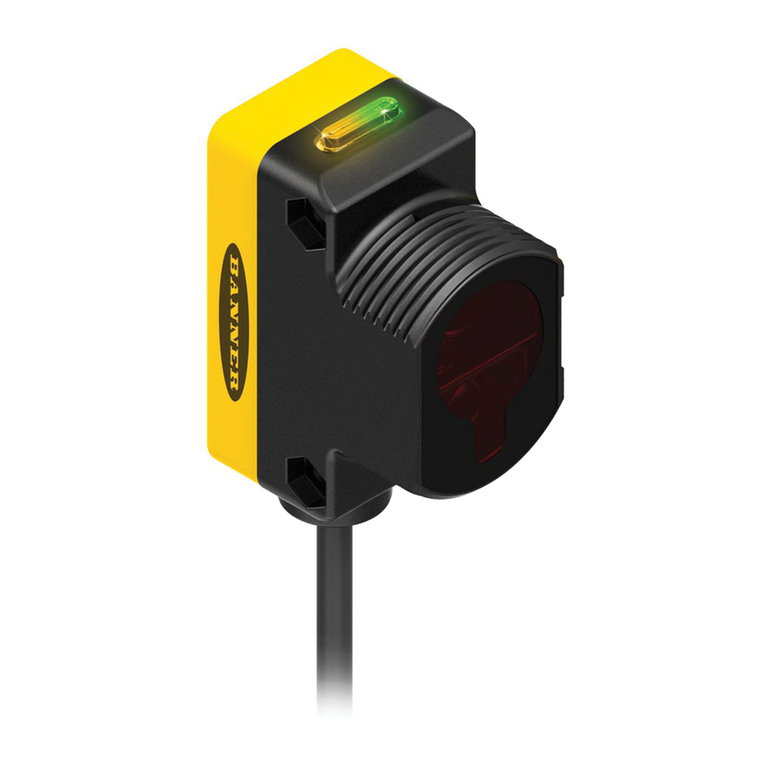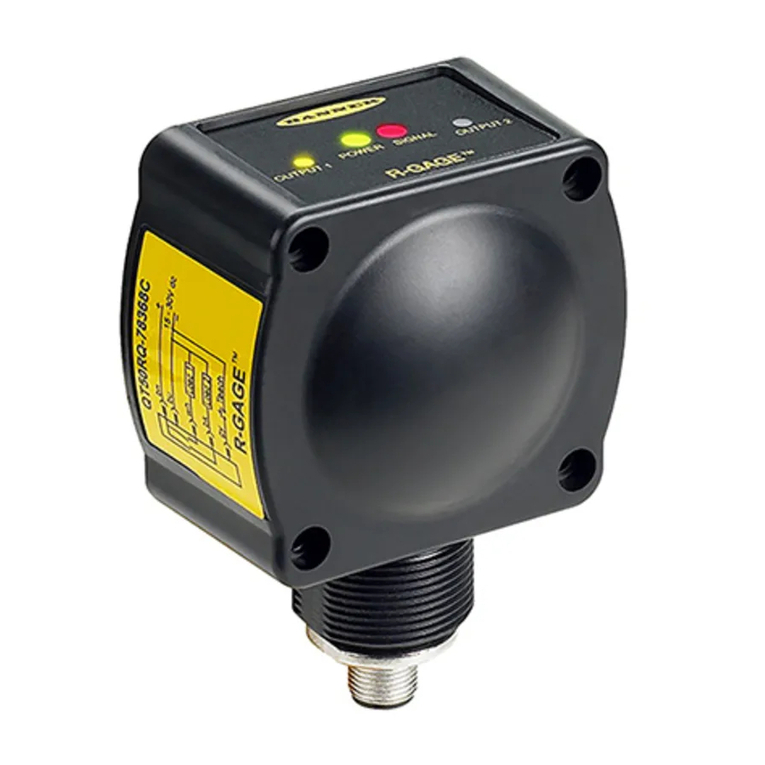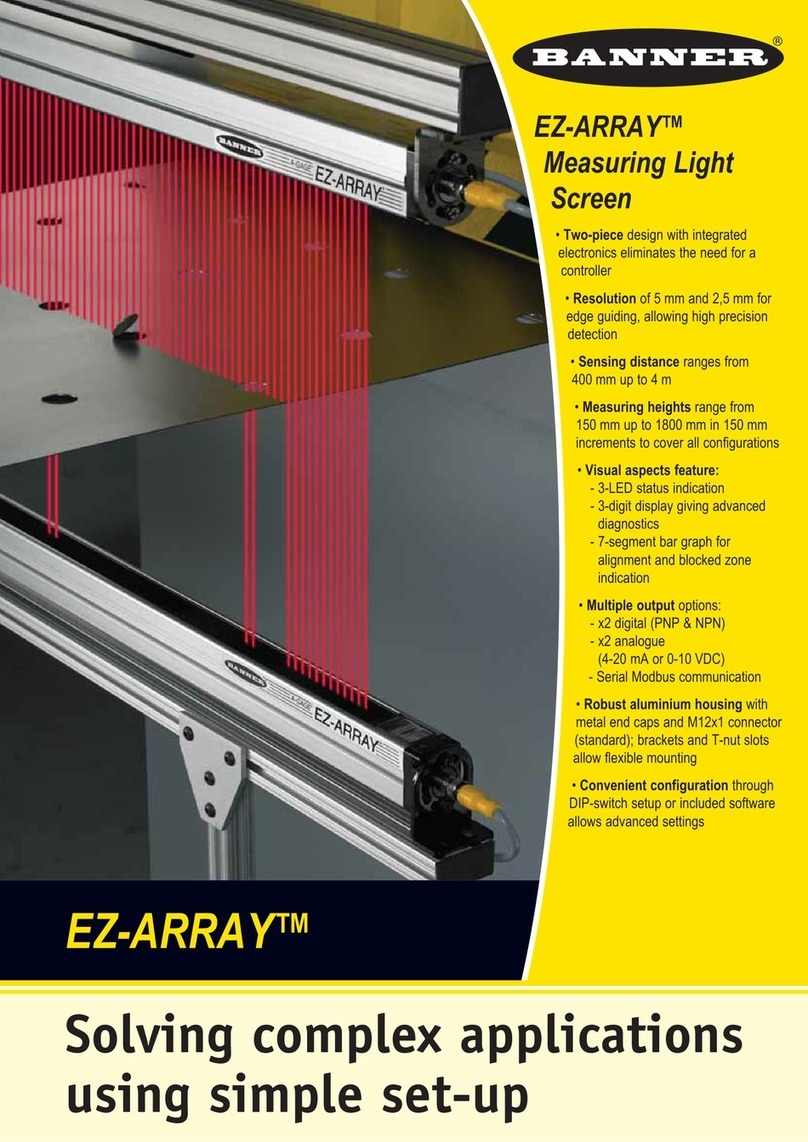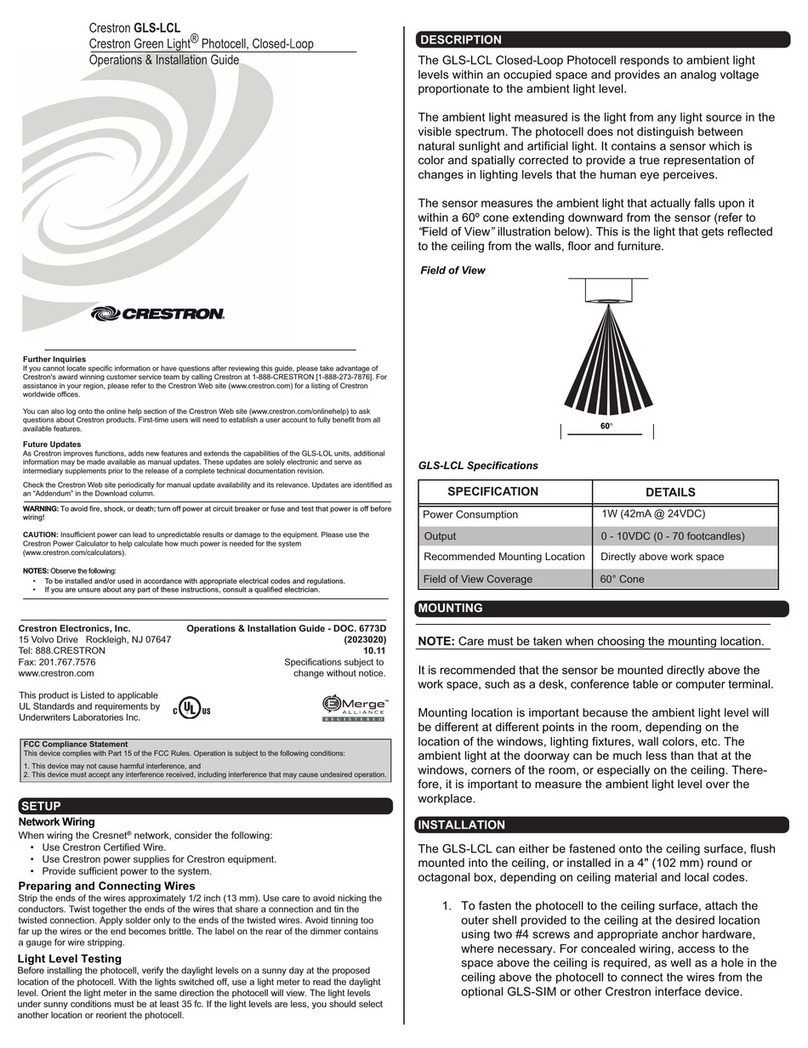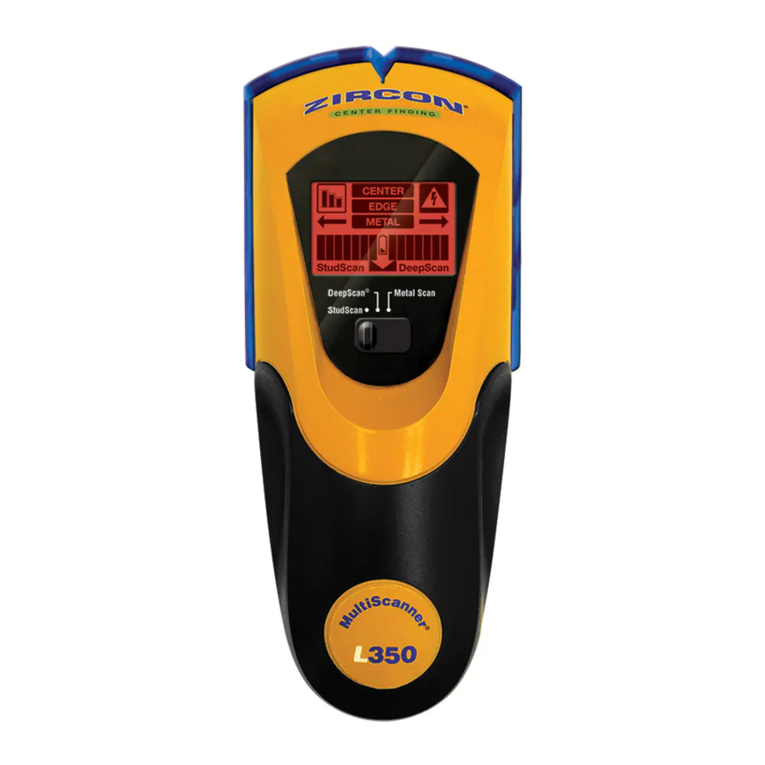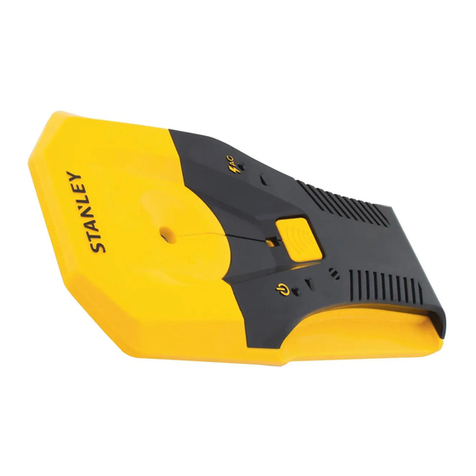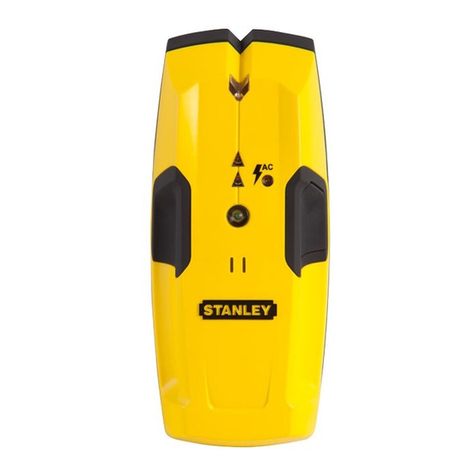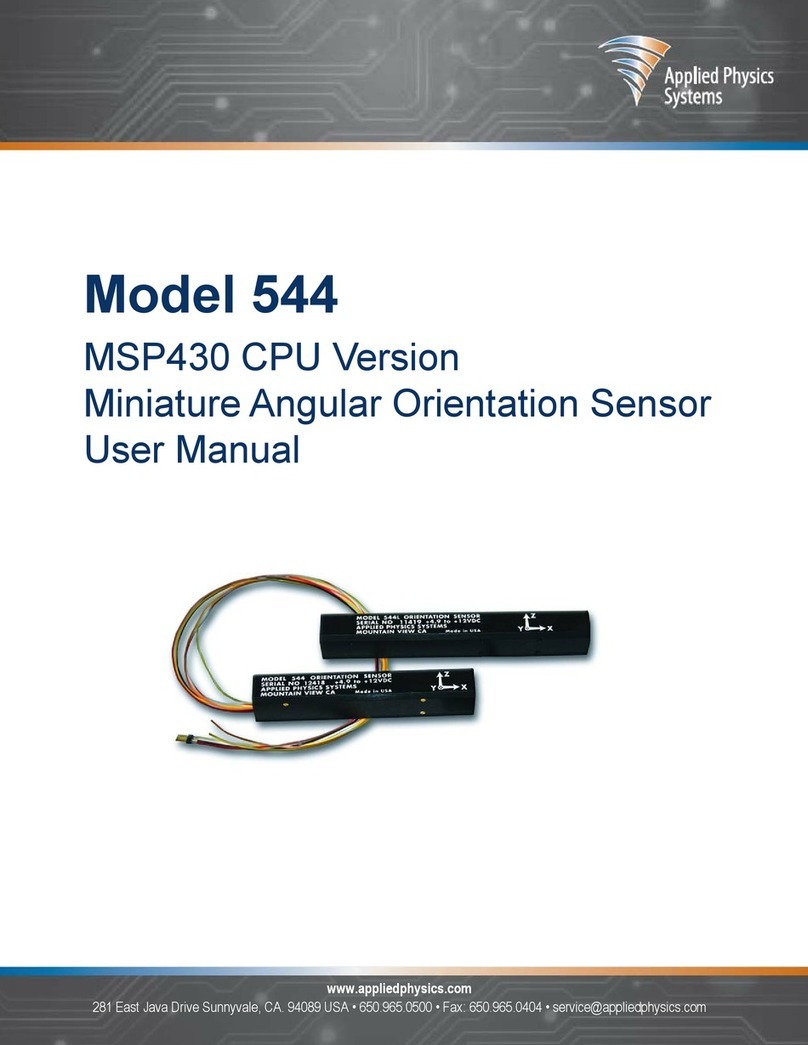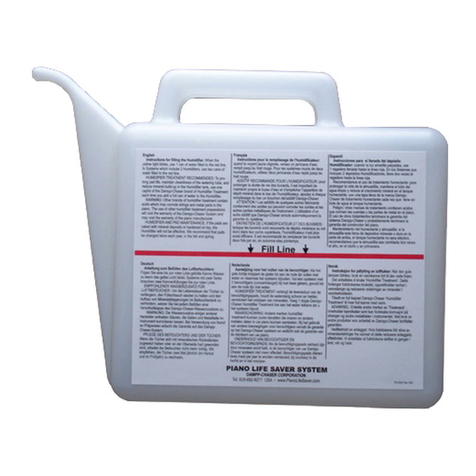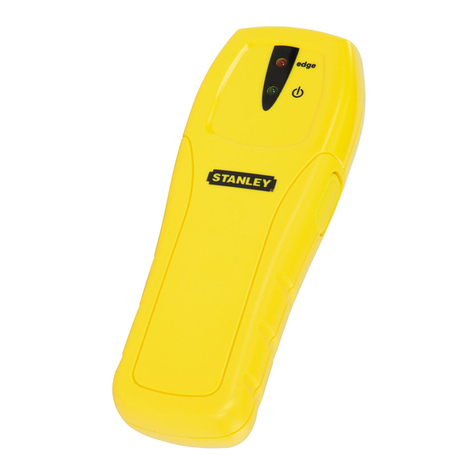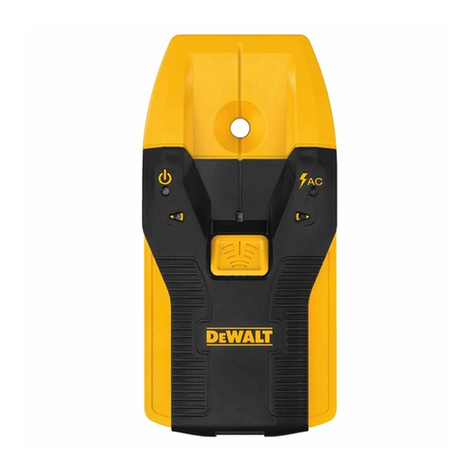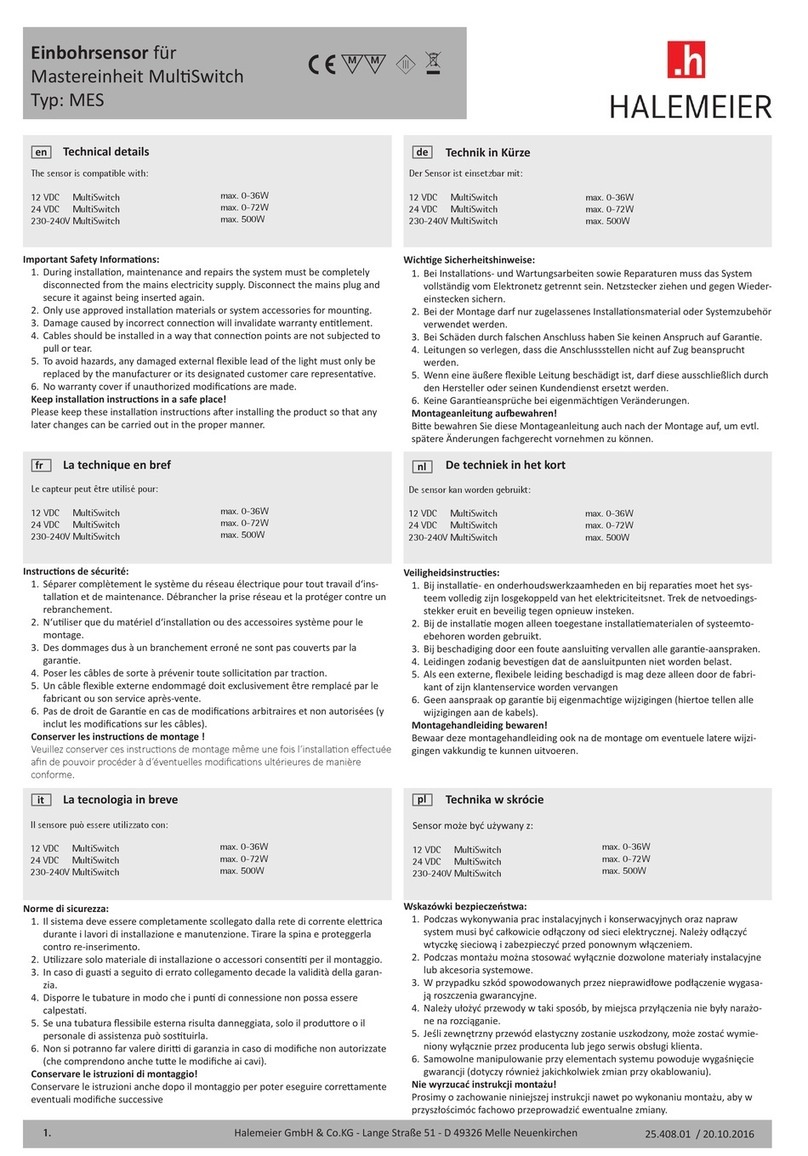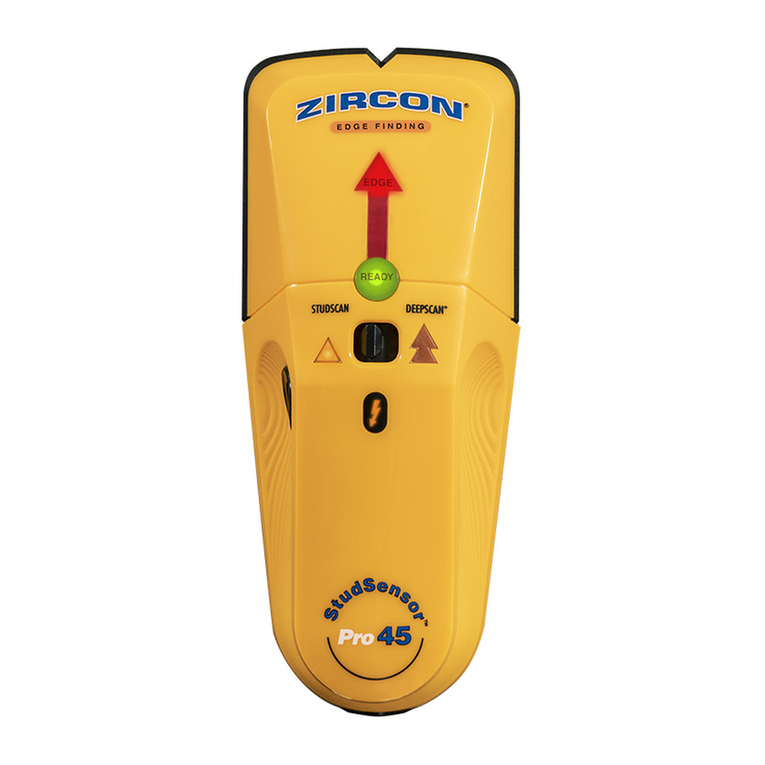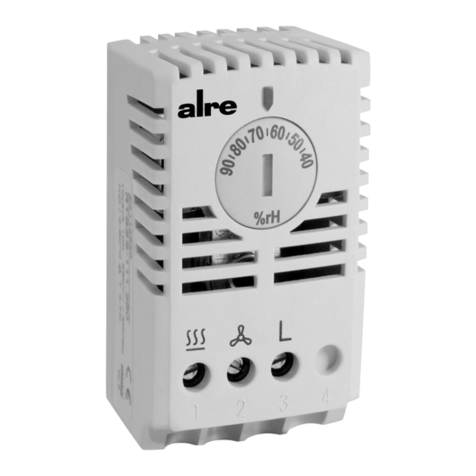
i
Contents
Chapter: 1 Product Description . . . . . . . . . . . . . . . . . . . . . . . . . . . . . . . . . . . . . . . . . 1
Models . . . . . . . . . . . . . . . . . . . . . . . . . . . . . . . . . . . . . . . . . . . . . . . . . 1
Overview . . . . . . . . . . . . . . . . . . . . . . . . . . . . . . . . . . . . . . . . . . . . . . . . 1
Class 2 Laser Description and Safety Information . . . . . . . . . . . . . . . . . . . . . . . . . . . 1
Features . . . . . . . . . . . . . . . . . . . . . . . . . . . . . . . . . . . . . . . . . . . . . . . . 2
Display and Indicators . . . . . . . . . . . . . . . . . . . . . . . . . . . . . . . . . . . . . . 2
Buttons . . . . . . . . . . . . . . . . . . . . . . . . . . . . . . . . . . . . . . . . . . . . . . 3
Chapter: 2 Installation . . . . . . . . . . . . . . . . . . . . . . . . . . . . . . . . . . . . . . . . . . . . . . . 4
Sensor Orientation . . . . . . . . . . . . . . . . . . . . . . . . . . . . . . . . . . . . . . . . . . . 4
Mount the Device . . . . . . . . . . . . . . . . . . . . . . . . . . . . . . . . . . . . . . . . . . . . 4
Wiring Diagrams . . . . . . . . . . . . . . . . . . . . . . . . . . . . . . . . . . . . . . . . . . . . 5
Cleaning and Maintenance . . . . . . . . . . . . . . . . . . . . . . . . . . . . . . . . . . . . . . . 5
Button Map from RSD1 to Sensor . . . . . . . . . . . . . . . . . . . . . . . . . . . . . . . . . . . 5
Chapter: 3 Sensor Programming . . . . . . . . . . . . . . . . . . . . . . . . . . . . . . . . . . . . . . . . . 6
Channel 1 and Channel 2 (CH1/CH2) . . . . . . . . . . . . . . . . . . . . . . . . . . . . . . . . . 6
Setup Mode . . . . . . . . . . . . . . . . . . . . . . . . . . . . . . . . . . . . . . . . . . . . . . 6
TEACH Procedures (Analog) . . . . . . . . . . . . . . . . . . . . . . . . . . . . . . . . . . . 9
Two-Point (2-Pt) TEACH (Channel 1 Only) . . . . . . . . . . . . . . . . . . . . . . . . . . . . . . . . . . . . . 9
One-Point (1-PT) TEACH (Channel 1 Only) . . . . . . . . . . . . . . . . . . . . . . . . . . . . . . . . . . . 10
TEACH (tch2) Mode (Discrete) . . . . . . . . . . . . . . . . . . . . . . . . . . . . . . . . . 11
Two-Point Static Background Suppression (2-Pt) (Channel 2 Only) . . . . . . . . . . . . . . . . . 11
Dynamic Background Suppression (dYn) (Channel 2 Only) . . . . . . . . . . . . . . . . . . . . . . . 12
One-Point Window (FGS) (Foreground Suppression) (Channel 2 Only) . . . . . . . . . . . . . 13
One-Point Background Suppression (bGS) (Channel 2 Only) . . . . . . . . . . . . . . . . . . . . . 15
Dual (Intensity + Distance) (duAL) (Channel 2 Only) . . . . . . . . . . . . . . . . . . . . . . . . . . . . 16
Loss of Signal (LOS) . . . . . . . . . . . . . . . . . . . . . . . . . . . . . . . . . . . . . . 17
Input Wire Function (inPt) . . . . . . . . . . . . . . . . . . . . . . . . . . . . . . . . . . . . 17
Trigger (trG) . . . . . . . . . . . . . . . . . . . . . . . . . . . . . . . . . . . . . . . . . . . 17
Slope (SLPE) . . . . . . . . . . . . . . . . . . . . . . . . . . . . . . . . . . . . . . . . . . 18
Output (out2) . . . . . . . . . . . . . . . . . . . . . . . . . . . . . . . . . . . . . . . . . . 19
Adaptive Tracking (trc2) . . . . . . . . . . . . . . . . . . . . . . . . . . . . . . . . . . . . 19
Window Size (und2) . . . . . . . . . . . . . . . . . . . . . . . . . . . . . . . . . . . . . . 20
Base Measurement Rate (SPd) . . . . . . . . . . . . . . . . . . . . . . . . . . . . . . . . . 20
Averaging . . . . . . . . . . . . . . . . . . . . . . . . . . . . . . . . . . . . . . . . . . . . 20
Output Timing Delays (dLY2) . . . . . . . . . . . . . . . . . . . . . . . . . . . . . . . . . . 21
Delay Timers . . . . . . . . . . . . . . . . . . . . . . . . . . . . . . . . . . . . . . . . . . . . . . . . . . . . . . . . . . . 22
Totalizer (totL) . . . . . . . . . . . . . . . . . . . . . . . . . . . . . . . . . . . . . . . . . . . . . . . . . . . . . . . . . . 22
Hysteresis (hYS2) . . . . . . . . . . . . . . . . . . . . . . . . . . . . . . . . . . . . . . . . 22
Zero Reference Location (ZEro) . . . . . . . . . . . . . . . . . . . . . . . . . . . . . . . . 23
Shift the Zero Reference Location after a TEACH (ShFt) . . . . . . . . . . . . . . . . . . . 23
Offset (oFS1 or oFS2) . . . . . . . . . . . . . . . . . . . . . . . . . . . . . . . . . . . . . 24
Display View (diSP) . . . . . . . . . . . . . . . . . . . . . . . . . . . . . . . . . . . . . . . 25
Units (unIt) . . . . . . . . . . . . . . . . . . . . . . . . . . . . . . . . . . . . . . . . . . . 25
Output Type Polarity (PoL) . . . . . . . . . . . . . . . . . . . . . . . . . . . . . . . . . . . 25
Exit Setup Mode (End) . . . . . . . . . . . . . . . . . . . . . . . . . . . . . . . . . . . . . 25
Reset to Factory Defaults (rSEt) . . . . . . . . . . . . . . . . . . . . . . . . . . . . . . . . 25
Factory Default Settings . . . . . . . . . . . . . . . . . . . . . . . . . . . . . . . . . . . . . . . . . . . . . . . . . . 25
Manual Adjustments . . . . . . . . . . . . . . . . . . . . . . . . . . . . . . . . . . . . . . . . . 26
Remote Input . . . . . . . . . . . . . . . . . . . . . . . . . . . . . . . . . . . . . . . . . . . . . 26
Select the TEACH Mode Using the Remote Input . . . . . . . . . . . . . . . . . . . . . . . 27
Reset to Factory Defaults Using the Remote Input . . . . . . . . . . . . . . . . . . . . . . . 27
Locking and Unlocking the Sensor Buttons . . . . . . . . . . . . . . . . . . . . . . . . . . . . . 27
Button Instructions . . . . . . . . . . . . . . . . . . . . . . . . . . . . . . . . . . . . . . 27

